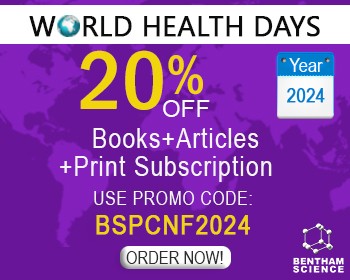Abstract
Serious infections caused by opportunistic molds remain a major problem for public health. Immune deficiency following organ transplantation and aggressive cancer treatment has greatly increased the incidence of systemic mycoses, and invasive aspergillosis in patients with AIDS is associated with significant morbidity and mortality. Amphotericin B is the first-line therapy for systemic infection because of its broad-spectrum and fungicidal activity. However, considerable side effects limit its clinical utility. The echinocandins are large lipopeptide molecules that inhibit the synthesis of 1,3-β-D-glucan, a key component of the fungal cell wall. Three echinocandins have reached the market, and some others are in early clinical development. Caspofungin was the first echinocandin to be licensed for clinical use in most countries. Micafungin is licensed for clinical use in Japan, China, Taiwan, Jordan, Korea, Hong-Kong and the US, and anidulafungin is currently licensed in the US. The novel class of echinocandins represents a milestone in antifungal drug research that has further expanded our therapeutic options. Studies to date have shown that micafungin exhibits extremely potent antifungal activity against clinically important fungi, including Aspergillus and azole-resistant strains of Candida. In animal studies, micafungin is as efficacious as amphotericin B with respect to improvement of survival rate. Micafungin is also characterized by a linear pharmacokinetic profile and substantially fewer toxic effects. Micafungin is a poor substrate for the cytochrome P450 enzymes, and compared to azoles, fewer drug interactions are described. No dose adjustments of the drug are required in the presence of mycophenolate mofetil, cyclosporin, tacrolimus, prednisolone, or sirolimus. Strategies using this new echinocandin agent will benefit a large number of patients with severe immune dysfunction.
Keywords: Hemolytic Activity, Anti-Candida, Aspergillus fumigatus, Pneumocystis jiroveci cysts, Disseminated Candidiasis, Hematopoietic Stem Cell Transplantation

























